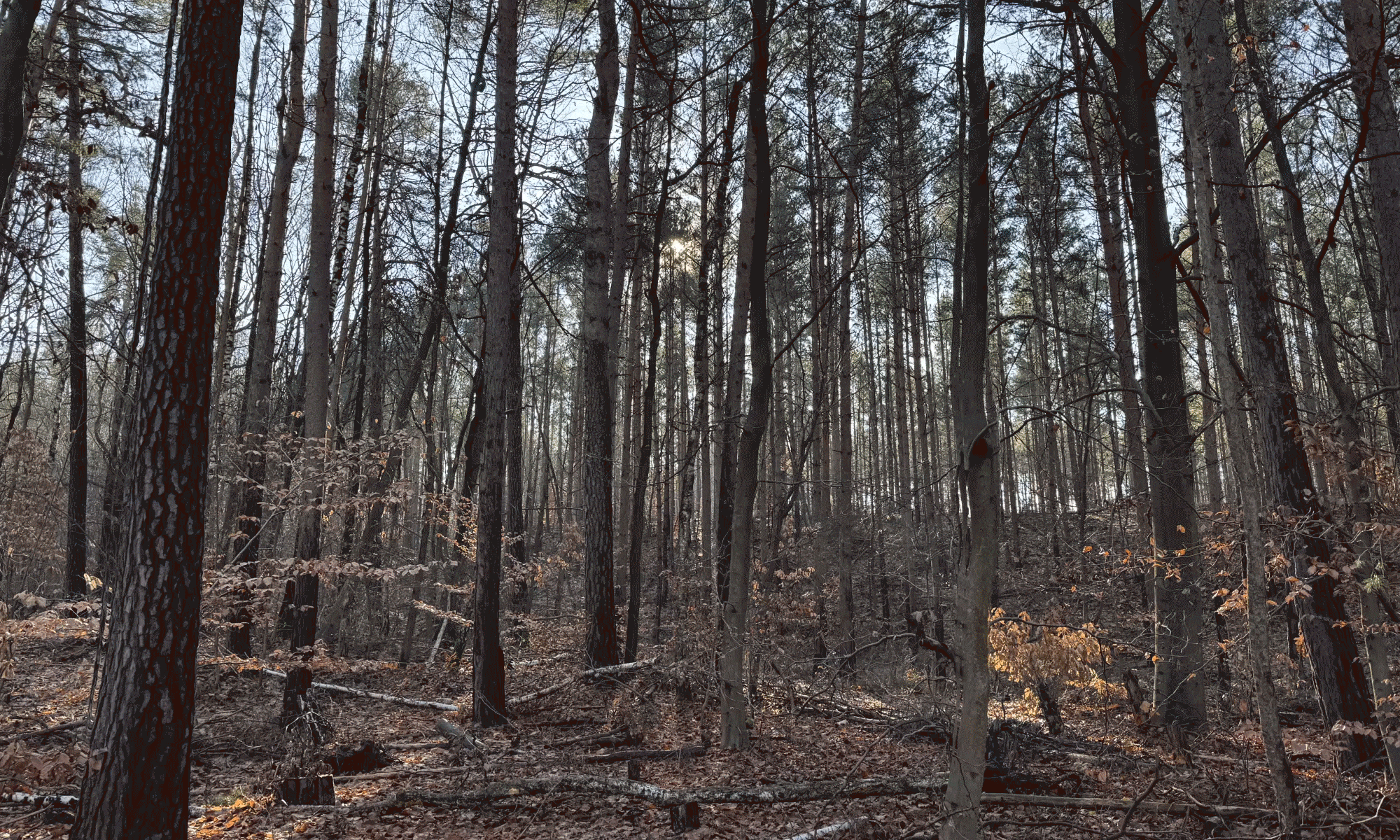Dies ist eine alte Version des Dokuments!
Inhaltsverzeichnis
This is for the digital representation of life/nature. E.g. data that capture multimodal information of flora and fauna. Using video audio and morphology.
Lets start with a simple example of trees.
Pinus sylvestris
Pinus sylvestris (Scots Pine)
Common Name: Scots Pine
Scientific Name: Pinus sylvestris
Family: Pinaceae
Conservation Status: Least Concern (IUCN)
Description
The Scots Pine is a coniferous tree native to Europe and Asia. It is characterized by its reddish-brown bark, needle-like leaves, and tall, straight trunk. It is one of the most widely distributed pines in the world and plays a crucial role in forest ecosystems.
Morphology
- Height: 25-35 meters (can reach up to 45 meters)
- Leaves: Needle-like, bluish-green, arranged in pairs
- Bark: Thick, orange-brown on young trees, turns scaly with age
- Cones: Small, woody, brown, and oval-shaped (3-7 cm long)
- Lifespan: Up to 700 years
Habitat & Distribution
Scots Pine is found across Eurasia, from Scotland to Siberia. It thrives in well-drained sandy or rocky soils and is commonly found in boreal forests.
Genetic Information
| Marker | Sequence/Details |
|---|---|
| Chloroplast Genome | Complete cpDNA sequence available |
| ITS (Internal Transcribed Spacer) | Used for phylogenetic studies |
| Microsatellites (SSR) | Genetic markers for population studies |
| Genome Size | ~23-24 Gbp |
Multimedia
Images
Audio
Video
Ecological Importance
Scots Pine provides habitat for various bird species, insects, and fungi. It is an important species for timber production and afforestation projects.
References
- Farjon, A. (2017). *Pines: Drawings and Descriptions of the Genus Pinus*.
- Genetic data from NCBI GenBank.
- Field recordings from [source].




